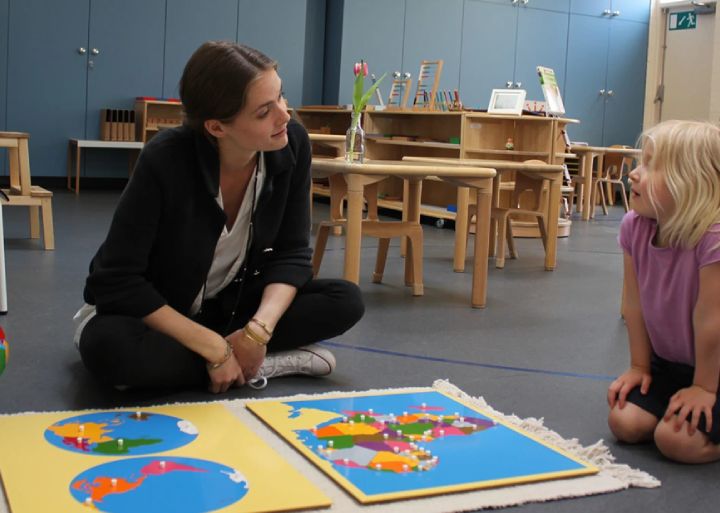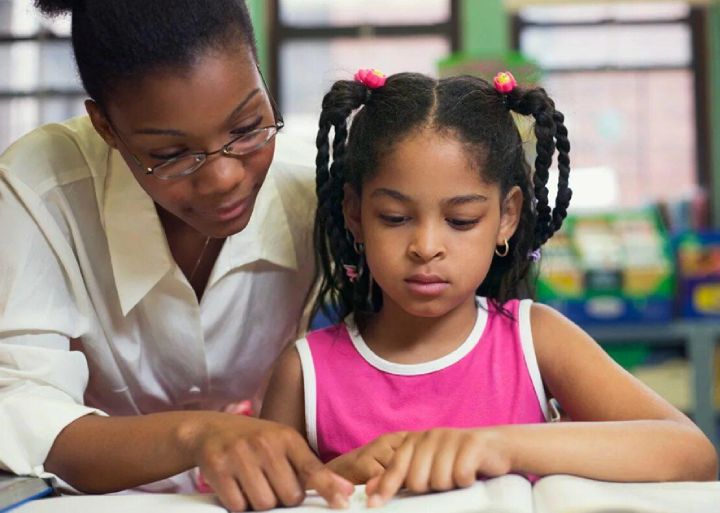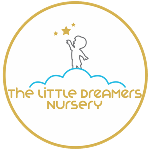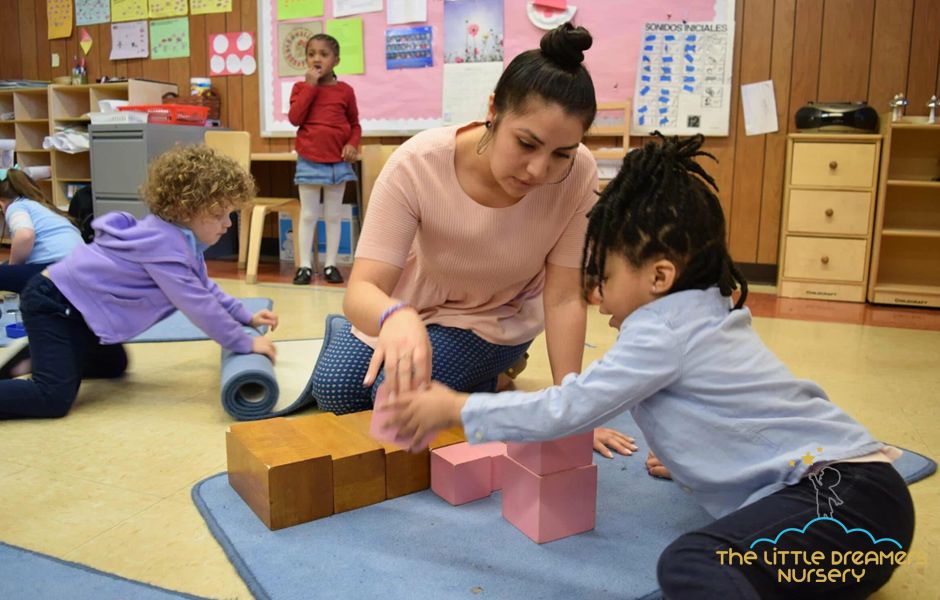The choice of early childhood education can significantly impact a child’s development. Parents often wonder the decision between Montessori vs traditional early childhood education. Understanding the key differences between these approaches can help parents make an informed choice that aligns with their child’s needs and learning style.
Montessori and traditional education are distinct philosophies shaping early childhood learning experiences. While both aim to provide a nurturing environment for children, they employ different approaches to facilitate growth and development.
This article delves into the key differences between Montessori and traditional education, exploring their unique characteristics and implications for children’s learning.
Montessori Education: A Child-Centered Approach
Montessori education is rooted in the principles of Dr. Maria Montessori, an Italian physician and educator. It emphasizes a child-centered approach, where children are seen as active learners capable of guiding their development. Key features of Montessori education include:
- Prepared Environment: The Montessori classroom is carefully designed to foster independence and exploration. It is filled with practical materials that encourage hands-on learning and problem-solving.
- Mixed-Age Groups: Montessori classrooms often include children of different ages, allowing for peer-to-peer learning and mentorship.
- Sensorial Development: Montessori materials stimulate the child’s senses, promoting cognitive development and a deeper understanding of the world.
- Independence and Freedom: Children are encouraged to make choices and work at their own pace, fostering a sense of independence and self-discipline.

Traditional Education: A Teacher-Centered Approach
Often associated with a more structured approach, traditional education typically follows a teacher-centered model. Key features of traditional education include:
- Grade-Level Grouping: Children are typically grouped based on age or grade level, providing a more homogeneous learning environment.
- Teacher-Directed Instruction: Teachers play a central role in delivering curriculum and guiding learning.
- Standardized Curriculum: Traditional education often follows a standardized curriculum, ensuring consistent learning experiences across different schools.
- Competitive Environment: Traditional education may emphasize competition and standardized testing to assess student progress.
Key Differences Between Montessori and Traditional Education
To compare Montessori and traditional school, you should consider the following differences of Montessori vs. traditional:
- Philosophy: Montessori education is child-centered, emphasizing the child’s innate curiosity and potential for self-directed learning. Traditional education is often teacher-centered, with a focus on structured instruction and standardized curriculum.
- Classroom Environment: Montessori classrooms are typically designed to foster independence and exploration, with practical materials and mixed-age groups. Traditional classrooms may be more structured, with a focus on teacher-directed instruction and grade-level grouping.
- Learning Approach: Montessori education emphasizes hands-on learning, problem-solving, and sensorial development. Traditional education may involve more lecture-style instruction and rote memorization.
- Assessment: Montessori assessment is often based on observation and documentation of a child’s progress. Traditional education may rely more on standardized tests and grades.

Similarities Between Montessori and Traditional Schools
While there are significant differences between Montessori and traditional education, they also share some common goals. Both approaches aim to provide a safe and nurturing environment for children, promote academic growth, and develop social and emotional skills. Both types of schools also emphasize the importance of play and hands-on learning.
Choosing the Right Approach for Your Child
The decision between Montessori and traditional education is a personal one that depends on various factors, including your child’s individual needs, learning style, and your family’s values. It’s essential to visit both types of schools and observe classrooms to get a sense of the atmosphere and teaching methods.
Also, you consider these tips:
- Cost: Montessori schools often have higher tuition fees compared to traditional public schools.
- Availability: Montessori schools may be less prevalent in certain areas, limiting your options.
- Parental Involvement: Montessori schools often require a higher level of parental involvement, such as volunteering or attending parent-teacher conferences.
- Child’s Temperament: Some children may thrive in a more structured traditional environment, while others may benefit from the independence and freedom offered by Montessori.
- Long-Term Outcomes: While research on the long-term effects of Montessori education is ongoing, studies have shown that Montessori graduates often exhibit higher levels of academic achievement, social skills, and self-esteem.

Conclusion
Montessori and traditional education offer distinct approaches to early childhood learning. Understanding the key differences between these philosophies can help parents make an informed choice that aligns with their child’s unique needs and learning style.
At The Little Dreamers Nursery, we believe in providing a nurturing and stimulating environment that supports children’s growth and development. We encourage parents to explore both Montessori and traditional education options to find the best fit for their child’s future.







